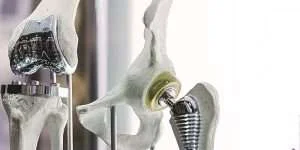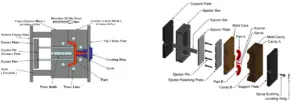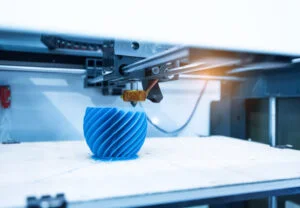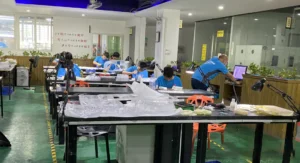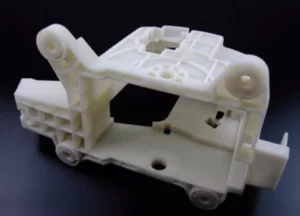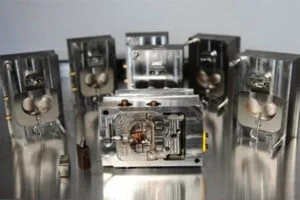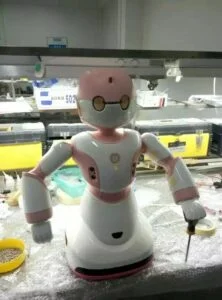In today’s rapidly evolving medical landscape, the demands placed on the manufacturing of medical equipment are more stringent than ever. Achieving impeccable surface precision, ensuring sterility, and guaranteeing compatibility with implant materials have become paramount concerns.
Leading medical device companies are diligently exploring “Applications of Surface Machining Techniques in the Orthopedic Medical Industry” to elevate the quality and value of orthopedic medical devices and implants. In this article, we get into four state-of-the-art surface treatment techniques designed to meet these exacting standards.
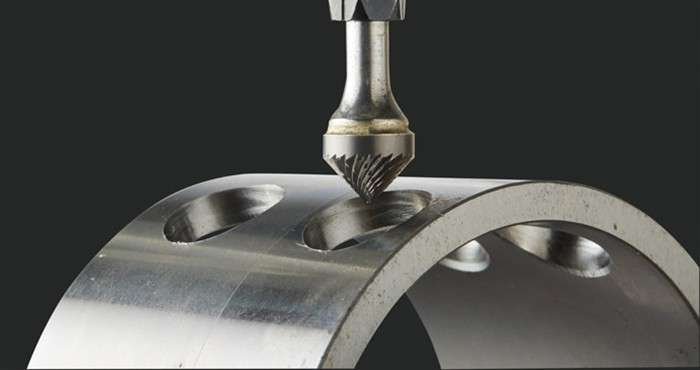
Precision Grinding Technology: Elevating Dimensional Accuracy
Orthopedic implants, spanning bone fusion and joint implants, play a pivotal role in enhancing the quality of life for countless individuals. Precision is of the essence, particularly in artificial hip joints, where minute imperfections can have significant consequences.
Recent Australian data highlights a concerning trend:
a substantial increase in the cumulative revision rate of hip joint surface replacement surgeries over five years. To bolster material fatigue resistance and ensure excellence in surface quality and dimensional accuracy, precision grinding, honing, and final polishing processes have become indispensable.
Precision grinding technology entails the use of grinding wheels to meticulously shape raw materials, minimizing errors and facilitating subsequent honing. Honing, in turn, imparts a mirror-like smoothness and consistent positional tolerance, further enhancing implant quality.
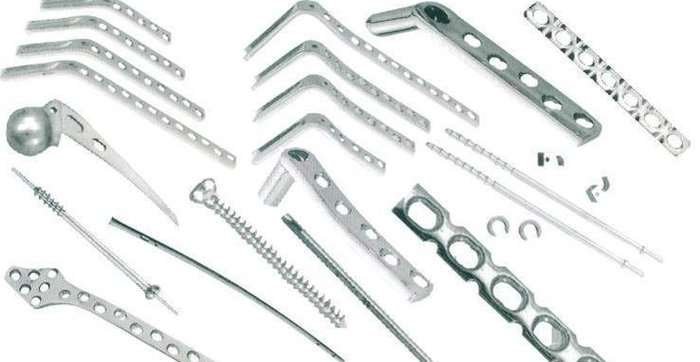
Deburring and Polishing Technology: The Pursuit of Perfection
In the realm of orthopedic implants, surface imperfections are intolerable. Even minute burrs or defects can heighten infection risks and compromise compatibility with human tissues. The importance of polishing cannot be overstated, particularly in hip joint surgeries. Its role is to diminish surface roughness, reduce friction, lower wear coefficients, and eliminate machining marks, including burrs, abrasions, and scratches.
Cutting-edge technologies now exist to achieve flawlessly smooth, defect-free surfaces while preserving the underlying metal material’s microstructure. For instance, non-contact metal removal processes employing high-precision electrochemical machining (PECM) can achieve surface roughness levels as low as Ra 0.03μm, ensuring micro-level burr-free workpiece processing accuracy and achieving a truly mirror-like finish.
Cleaning and Sterilization Technology: Ensuring Purity and Longevity
In orthopedics, two fundamental requirements for surgical instruments are cleanliness and sterility. These prerequisites are critical to prevent infection complications and extend the lifespan of medical equipment, including bone prostheses, artificial joints, and orthopedic plates.
Cleaning techniques encompass both manual and machine-based methods. While general medical instruments often undergo automated and ultrasonic cleaning, some porous and intricately designed medical devices may necessitate alternative approaches, such as ultrasonic cleaning, to achieve optimal results.
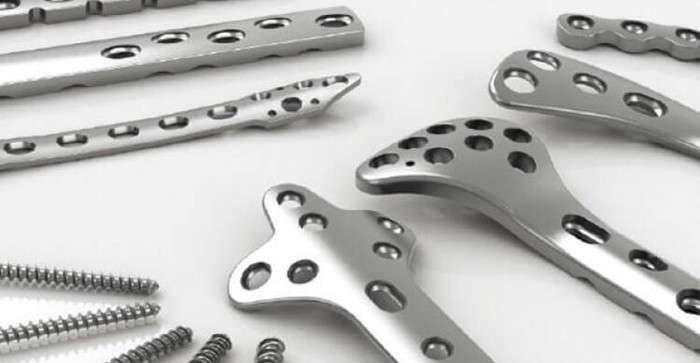
Surface Coating Technology: Prolonging Implant Longevity
Consider artificial hip joint replacement surgery, where aseptic loosening stands as a major challenge. Enhancing the compatibility of implant materials for long-term coexistence with bone tissue is paramount. This involves the application of bone integration-promoting and antibacterial coating technologies to enhance product performance and extend the service life of joint prostheses.
Coating technologies geared towards promoting bone integration leverage biologically functional molecular coatings to anchor bone cells directly onto biocompatible materials, creating an ideal material interface for participating in the bone repair process. Meanwhile, antibacterial coating technologies provide bacteriostatic effects while preserving the unique microstructure of the bone surface.
Commonly used coatings include hydroxyapatite (HA), known for its excellent biocompatibility but relatively poor mechanical properties. It is often combined with zirconia and titanium oxide in composite coatings to bolster strength. Additionally, tantalum, renowned for its exceptional wear and corrosion resistance, has found widespread application in clinical settings, earning its reputation as the ideal material for joint surfaces.
Read more:
Schlussfolgerung
In conclusion, “Applications of Surface Machining Techniques in the Orthopedic Medical Industry” are vital. Implant medical devices in the realm of orthopedics represent high-end Class III medical products, signifying high-value medical consumables. As medical standards continue to evolve, the stringent requirements for manufacturing materials will persist, driving the demand for complex orthopedic components. The development of precision processing technology will remain pivotal in meeting the exacting standards of orthopedic implant components and professional medical devices, ultimately fostering the flourishing of the medical device industry.

